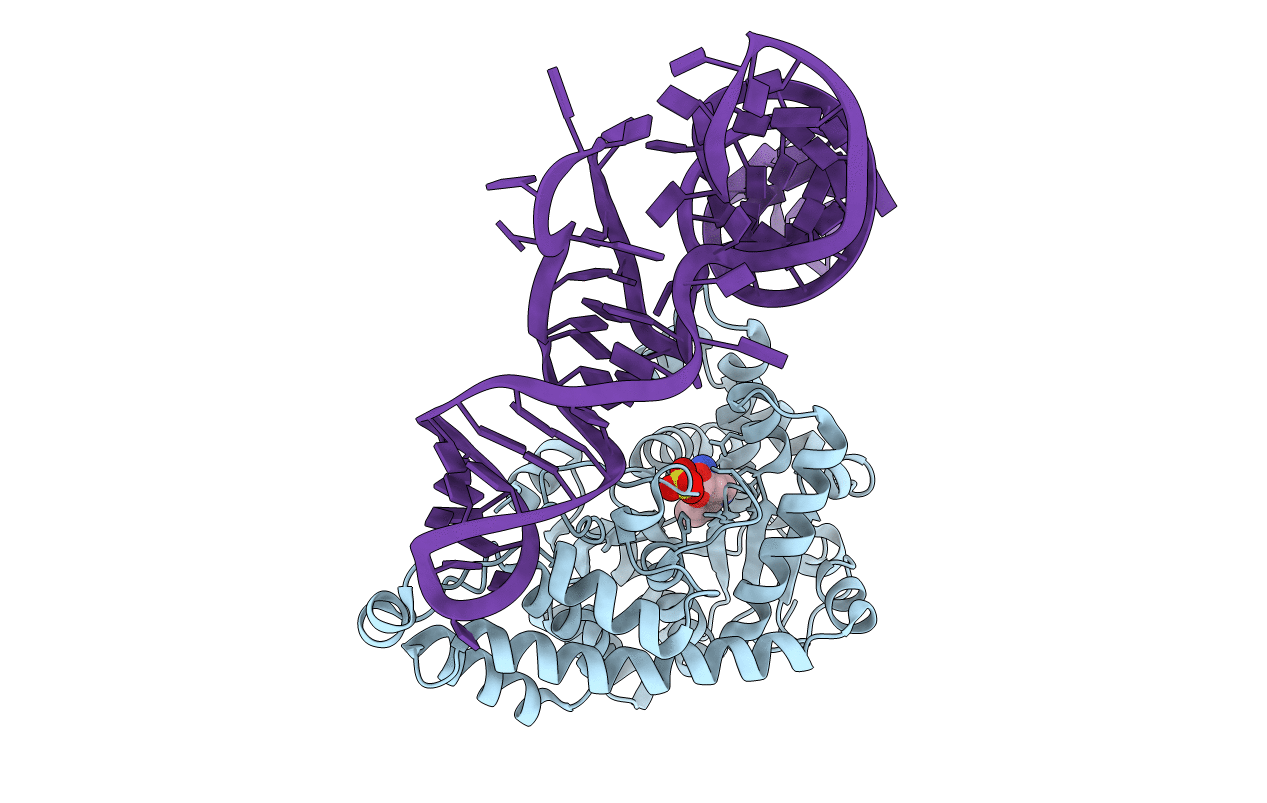
Deposition Date
2006-06-05
Release Date
2006-07-11
Last Version Date
2023-10-25
Entry Detail
PDB ID:
2DR2
Keywords:
Title:
Structure of human tryptophanyl-tRNA synthetase in complex with tRNA(Trp)
Biological Source:
Source Organism:
Bos taurus (Taxon ID: 9913)
Homo sapiens (Taxon ID: 9606)
Homo sapiens (Taxon ID: 9606)
Host Organism:
Method Details:
Experimental Method:
Resolution:
3.00 Å
R-Value Free:
0.28
R-Value Work:
0.22
R-Value Observed:
0.22
Space Group:
P 43 2 2


